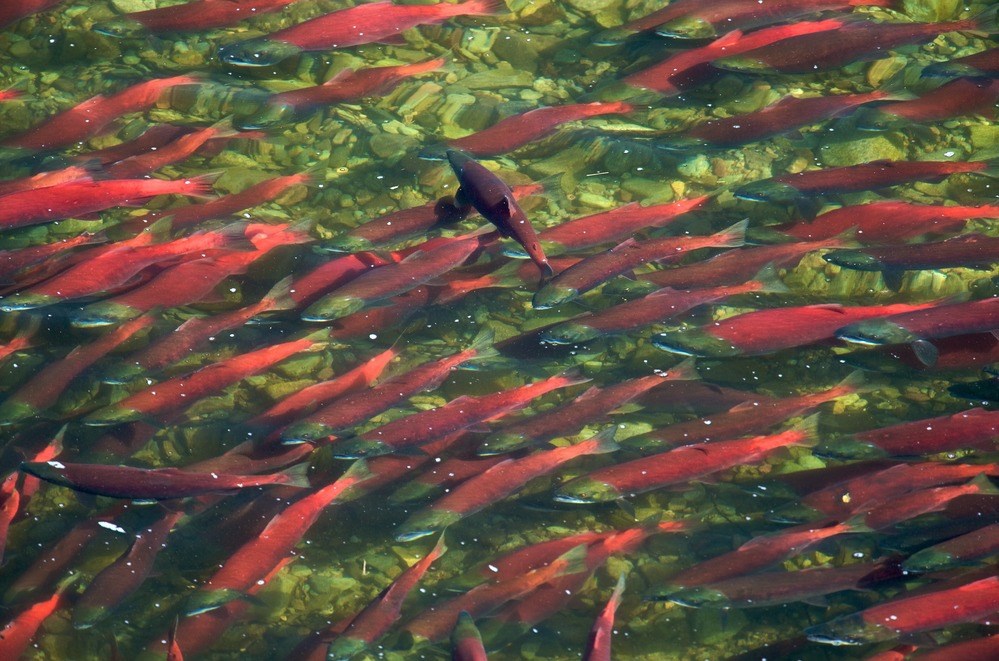Last updated: October 16, 2024
Article
Project Profile: Improve Salmon Migratory Pathway Resilience
Bipartisan Infrastructure Law
Recreation | FY24 $438,750

NPS/R. Wood
The National Park Service will use a collection of environmental DNA released by selected aquatic species to assess the presence, distribution, and composition of fish and macroinvertebrates in three parks in Alaska. The findings will identify critical high-priority salmon migratory habitat and inform efforts to restore ecosystems after fires, oil spills, and other incidents to improve salmon habitat, food security for Native Alaskans, ecosystem resiliency, and recreational fishing opportunities. This project is coordinated with the Village of Igiugig, and NPS will explore additional opportunities for coordination with other Native Alaskan communities.
Why? Salmon are the lifeblood of much of Alaska, with the extensive river and lake systems found throughout Alaska national parks and as Alaska's climate warms, these species are at risk. Suitable habitats will be identified from at least 1000 stream miles of flowing rivers through thermal imagery. Each park will supply a report from the streams containing information about salmon migration, spawning, and development. There will be thermal imagery of a minimum of 1000 stream miles of rivers flown with thermal refugia identification. Each park will supply a report from the streams and information about salmon migration, spawning, and development will be shared.
What else? Cold-water refuges are key places in freshwater where fish can escape heat when temperatures get too high. These cooler spots can help fish, like salmon, survive both extreme and less dangerous temperature increases. How well these refuges work depends on their location, spread, availability, connections to other areas, and how long they last. Therefore, mapping where these cold-water refuges are in rivers and lakes is essential for figuring out how to keep conditions safe for wildlife. waterbody is a critical step in understanding waterbody susceptible to maintain the condition.
